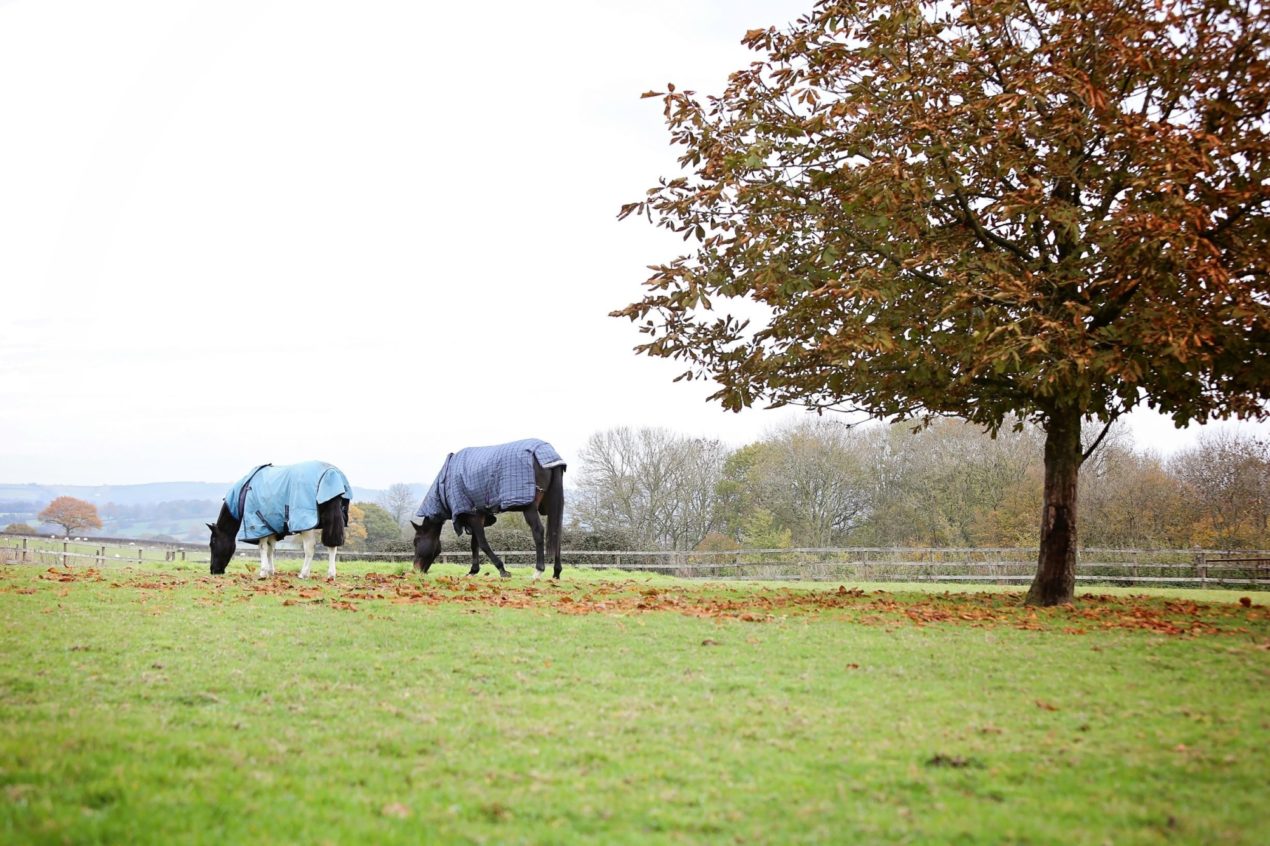Sugar - The Sweet Truth
When considering the sugar content of your horses’ diet is important to look at the wider picture and consider everything your horse eats daily including grass and long stem forage such as hay and haylage.
Sugars are the ‘building blocks’ for plant growth and are produced through photosynthesis and are then turned into fibre for the plant cells walls. The amount of sugar found in grass changes daily and weather can reduce or increase the sugar production.
Sugar is a non-structural carbohydrate (NSC) and most NSC’s in the diet are broken down in the small intestine to become glucose (a simple sugar). Glucose provides energy which can be used instantly or can be stored in the liver and muscles as glycogen. Glucose enables the horse to function correctly and is the only ‘fuel’ that can be used by the brain and the only substance that makes glycogen.
Some horses require a low sugar diet to aid in the management of metabolic, digestive, or behavioural issues, however, it is important to remember that percentages of sugar in feeds are not the only way your horse consumes sugar. Horses are herbivores and were designed to graze for long periods of time. When taking your horse’s sugar consumption into consideration, it is almost more important to assess the sugar that is provided through their forage rather than finding the lowest sugar feed they could possibly have.
Here are some examples of a typical daily sugar intake for a 500kg horse provided through a range of feeds and forage:
| Product | Feed Intake | Sugar Content |
|---|---|---|
| Conditioning Feed | (2kg) | 128g |
| Low Sugar Mix | (2kg) | 120g |
| Low calorie Balancer | (500g) | 45g |
| Cereal based Feed | (2kg) | 178g |
| Grass (24hr turnout on good grass) | 891g | |
| Hay | (7.5kg) | 825g |
| Haylage | (10kg) | 800g |

Forage provides the main source of a horse’s sugar intake and this is very important to consider when trying to feed your horse a low sugar diet.
It is important to remember that the sugar content of grasses will vary depending on the weather, time of day, stage of growth, plant species and geographic region. These factors also apply to conserved forages alongside the time of year that they were cut.
Horses need NSC’s in their diet to be able to perform normal physiological functions and it is impossible to remove all the sugar from the diets however there are ways that will help to reduce their intake such as muzzling, strip grazing and soaking hay.
Saracen Feeds that are low in sugar include:
Shape-Up™, RE-LEVE®- Mix, RE-COVERY MASH, ESSENTIAL BALANCER, SUPER-FIBRE CUBES, HORSE & PONY COOLING CUBES, VETERAN MIX & LEVEL-GROW™ MIX
Download a PDF of this fact sheet for future reference.
Download nowQuick Feed Finder
Use our quick and easy feed finder as a guide to select the right feed for your horse or pony.
Stockist Finder
Enter your postcode to find your nearest Saracen Horse Feed stockist.











